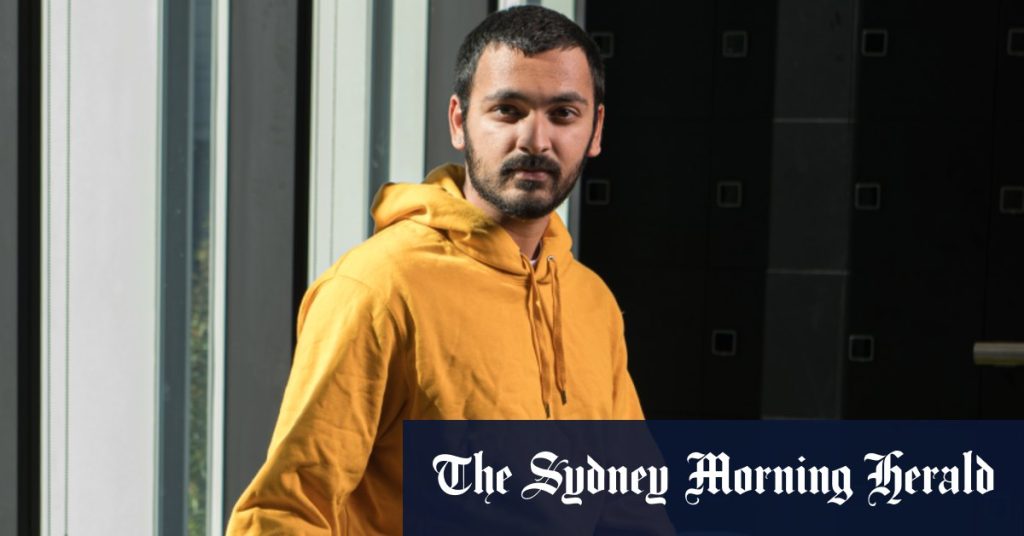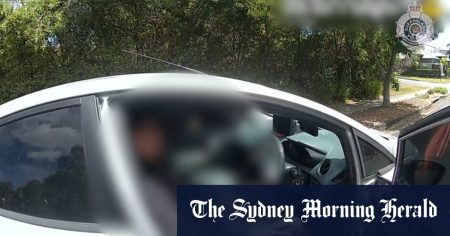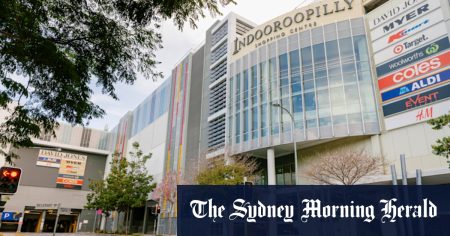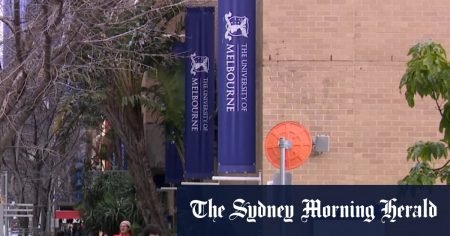Academic integrity expert Professor Phill Dawson from Deakin University is concerned about the use of AI plagiarism detection tools at a student level, as he believes the technology cannot keep up with advances in AI. He acknowledges the importance of the right findings for students, but also worries about false positive cases and the harrowing experience that students may go through during academic integrity procedures. Universities such as UNSW and Sydney University use Turnitin’s AI detection tool, but do not rely solely on it to screen for plagiarism. The tool generates data that is one component of academic background information used to assess the originality of a student’s work.
Sydney University only applies Turnitin’s AI tool to student work if there are suspicions of plagiarism, such as a different use of language. Despite identifying over 300 instances of suspected cheating, almost 30% of those cases were later cleared of wrongdoing. Wollongong University and University of Technology Sydney have not activated the technology yet, while institutions like Vanderbilt University in the US have disabled it due to concerns about false positives. Turnitin claims its false positive rate is less than 1% for academic writing submissions over 300 words, and stresses the importance of not falsely accusing students of cheating based solely on a single indicator.
Regional vice president for Asia-Pacific James Thorley emphasizes that student safety is a priority, and that detection should be considered as just one piece of a larger academic integrity puzzle. He urges that students flagged for potentially unoriginal work should be given the opportunity to explain how their submission was created and provide proof of their process. Dawson advises students at universities using AI tools to keep evidence such as drafts, file history, or working online in Google Docs to prove they have not cheated. He also expresses concern about the potential increase in workload for academic integrity units if false positives become more common with widespread use of AI tools.
Student wellbeing start-up founder Vyas believes false positives are relatively common based on discussions with other students. However, he also thinks that the tools do not capture blatantly obvious examples of AI plagiarism. He advocates for universities to focus on using AI technology transparently and constructively, creating an environment where the tools are implemented with integrity and fairness. Ultimately, there are varying perspectives and concerns about the use of AI plagiarism detection tools at universities, with a need for careful consideration to ensure accurate detection and fair treatment of students.













